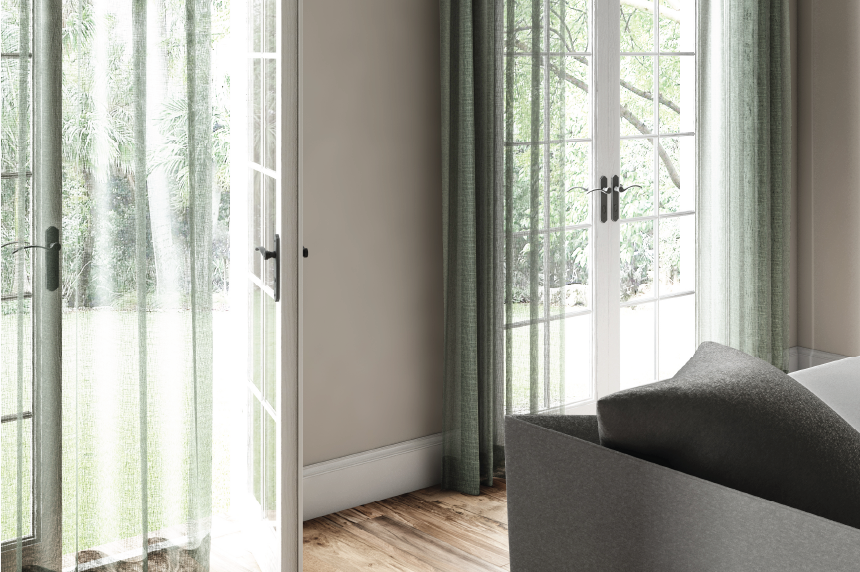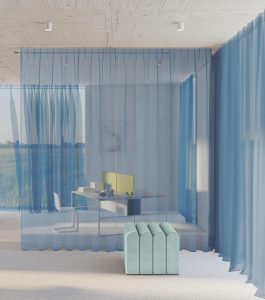
Pencil pleat curtain headings are a more versatile option since they look good in both classic and modern settings. A pencil pleat heading tape is sewn onto the back of the curtain. Running along the top of the curtain is the cords which can then be pulled to collect the curtain material into clean pencil style pleats.













